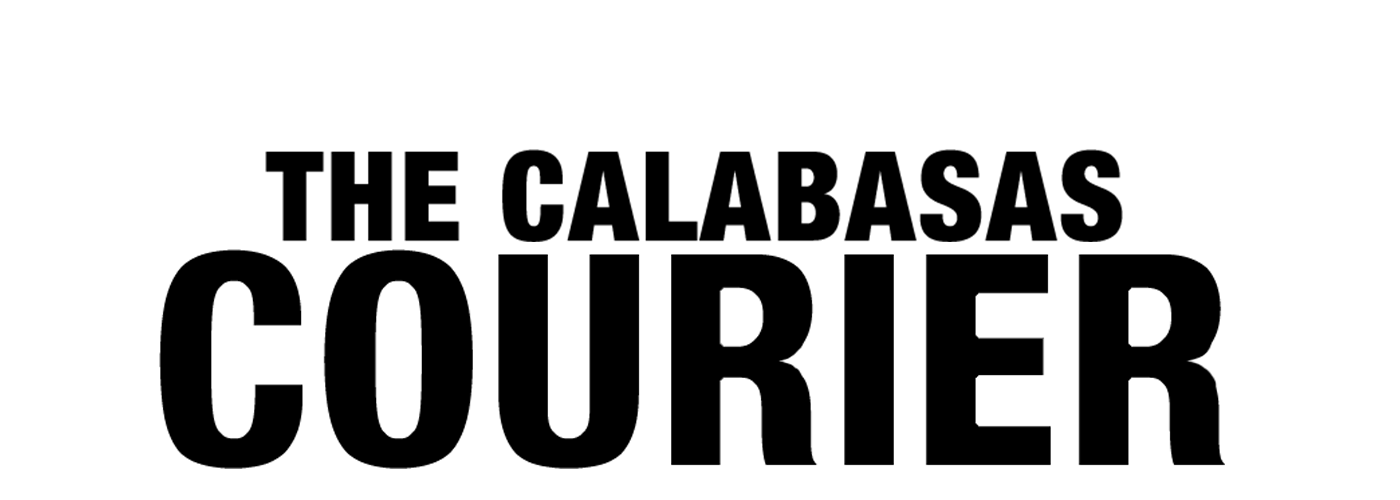Math and science classes at CHS draw fewer girls
CHS is renowned for its excellent academic opportunities. Undoubtedly, CHS has a lot to be proud of, offering 16 AP courses and 10 Honors courses. According to U.S. News’ Best High Schools, nearly 50 percent of the student body took Advanced Placement tests in 2016, and 87 percent of those students passed the tests with a score of three or higher. However, within the walls of CHS’s most advanced math and science classes rests a puzzling phenomenon: the number of girls in the highest-level courses is disproportionately low. While this pattern is quite distinct in classes such as AP Physics and AP Calculus BC, the same cannot be said for the advanced humanities classes. This information begs the question of why so few girls are taking these courses, and what this says about American society today.
Traditionally, AP Calculus BC, AP Physics C: Mechanics and AP Chemistry are considered among the most advanced math and science courses offered at CHS. According to data from past and present school rosters, courtesy of Algebra I, Finite Math, Honors Calculus and AP Calculus BC teacher Andrea Camacho, the 2016 Calculus BC classes contain 38 boys and only seven girls. In 2015, the numbers were likewise unbalanced, with 29 boys to 15 girls. CP and AP Physics teacher Ryan Bergstrom’s classes have experienced a similar, if less pronounced, disproportionality: this year, the proportion of boys to girls was X to Y, and in 2015 was X to Y. AP Chemistry has also seen such a pattern, with X boys to Y girls in 2016 and X boys to Y girls in 2015. Interestingly, the high-level humanities courses have not experienced an equivalent phenomenon. According to AP U.S. History teacher Tyler Lee, the 2016 AP U.S. History classes contain 81 boys and 80 girls, and the 2015 classes contained 57 boys and 42 girls. From this data, it is clear that female students are less likely to enroll in upper level math or science classes, but not upper level history classes. However, the issue is not confined to CHS– this phenomenon has been observed both nationwide and abroad, and many theories attempt to explain it.
“I have noticed that in classes with larger amounts of boys, the girls tend to be quieter and less likely to ask questions,” said Bergstrom. “When you’re mot comfortable asking questions, you don’t learn as much.”
According to a study done by the Organisation for Economic Cooperation and Development, female students lack confidence in math and science subjects. The study speculates that this may be due to societal convention, which tends to place higher expectations on boys to achieve success in subjects such as calculus and physics. Throughout history, women have been associated with nurturing and creativity, whereas men have far more often been the great pioneers of scientific theory. In fact, since 1901, only 2.3 percent of chemistry laureates and 5.3 percent of physiology laureates of the Nobel Prize have been women, according to the New York Times. While this disbalance has certainly improved in recent years, the last vestiges of a time in which women were not considered capable scientists or engineers still remain. Various arguments have postulated that women are simply innately more geared toward the humanities, whereas men are more biologically wired to excel in the sciences; however, this argument has been disproven multiple times. In fact, the OECD’s study found that in Shanghai, female students scored better on math and science tests than male students. This leads to the conclusion that girls’ seeming disinterest in math and science is a cultural rather than biological occurrence.
While this peculiarity in the education system has been noted across nations, seeing it manifest in the microcosm of CHS is eye-opening. It is the duty of twenty-first century society to break the barriers which discourage girls from pursuing their full potential in science and math courses, and this starts right at home, at CHS.
Your donation will support the student journalists of Calabasas High School. Your contribution will allow us to purchase equipment and cover our annual website hosting costs.






